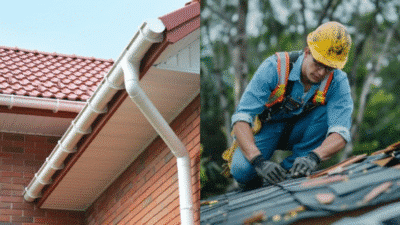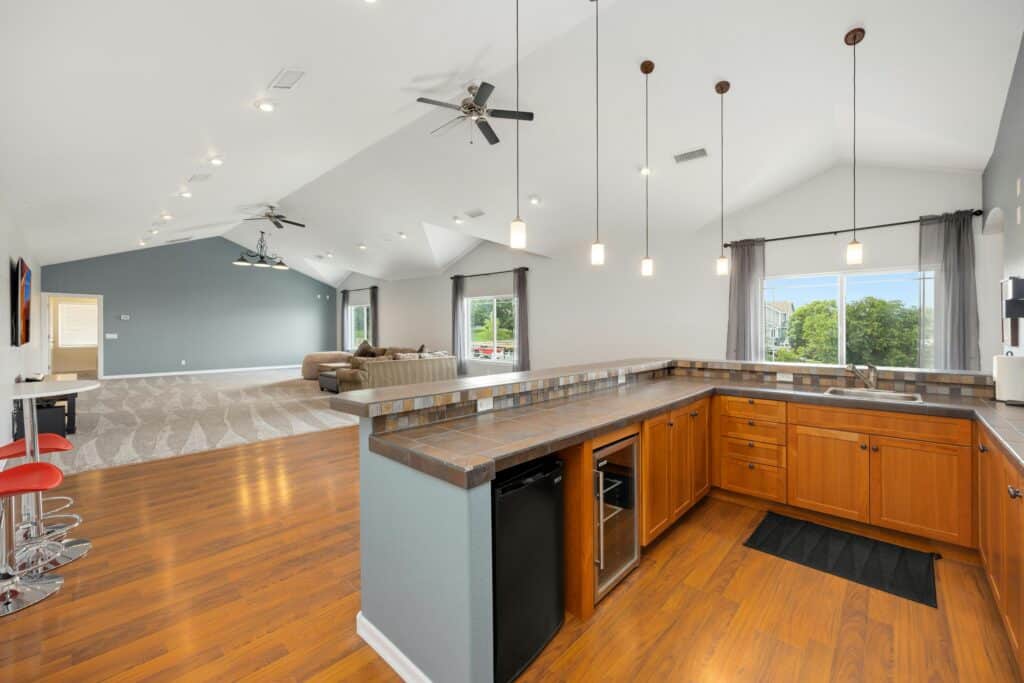
Every homeowner reaches a point where their space no longer meets their needs or feels outdated. Deciding how to move forward often comes down to weighing small updates against larger renovations. Instead of jumping straight into costly projects, following a thoughtful approach helps avoid unnecessary stress and overspending.
Smart planning allows you to focus on upgrades that add value and make everyday life better. Whether it’s improving functionality or creating a more comfortable atmosphere, knowing which changes are worth tackling now and which can wait is crucial.
Quick Fix or Full Renovation

Not every issue in your home calls for a major renovation. Sometimes, a simple fix like repainting cabinets, replacing outdated hardware, or adding new light fixtures can make a space feel refreshed without the expense and disruption of a full remodel. Small updates work well when the structure and functionality of the space are sound, but the style feels tired.
On the other hand, there are times when a complete overhaul is the smarter choice. Homes with poor layouts, worn-out systems, or significant structural problems often require more than surface-level changes. Investing in a larger renovation can save money in the long run and create a home that fits your lifestyle for years to come.
Create a Priority List

It’s easy to get overwhelmed when there are multiple areas of the home you’d like to improve. Creating a priority list helps focus time, energy, and resources on the projects that matter most. Start by identifying areas that affect comfort and functionality every day, such as kitchens, bathrooms, or heating and cooling systems.
For instance, upgrading an outdated air conditioning system should be high on the list in warmer climates. Choosing the best AC unit can improve air quality, lower energy costs, and keep your home comfortable during extreme temperatures. Once these essentials are decided on, you can move on to cosmetic or secondary upgrades.
Evaluate Spaces for Overhauls
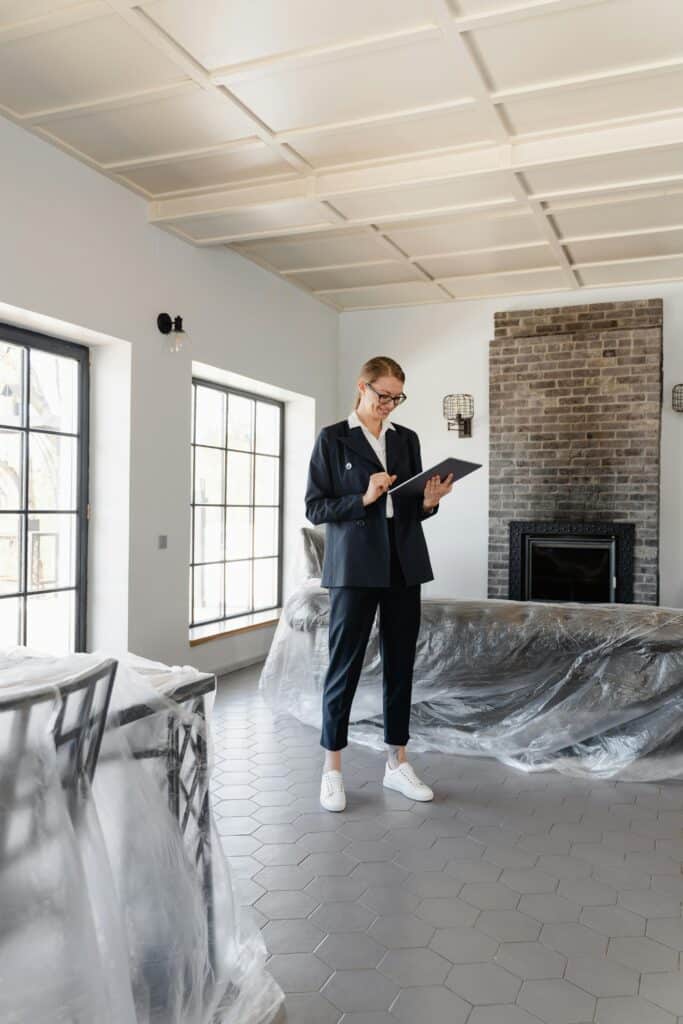

Not every room in your home needs the same level of attention. Some spaces may benefit from small updates, while others require a full transformation to work for your family’s needs. Evaluating each area separately helps determine where a big investment will have the most impact.
Consider how each room functions and how often it’s used. High-traffic areas like kitchens and living rooms usually offer the greatest return on investment because they are central to daily life. Guest rooms or storage areas, on the other hand, might be fine with only minor adjustments.
Remove Unnecessary Partitions
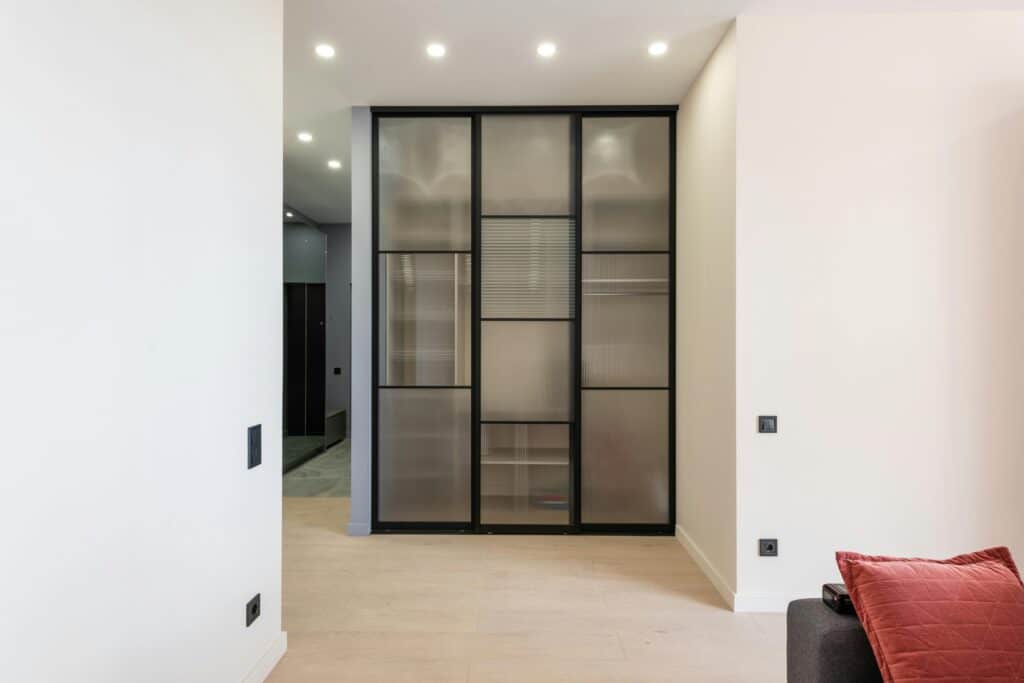
Older homes often have layouts that feel closed off, with walls dividing spaces that could flow better if opened up. Removing unnecessary partitions can make a home feel larger, brighter, and more connected. This change doesn’t have to involve tearing down every wall—sometimes removing a single divider can make a big difference.
Before making this kind of change, consider how opening up space will affect your daily routines. For families that enjoy entertaining or spending time together, an open layout often creates a more welcoming environment. For those who value private, quiet areas, a balance between open and closed spaces might work better.
Rethink Layout for Better Flow
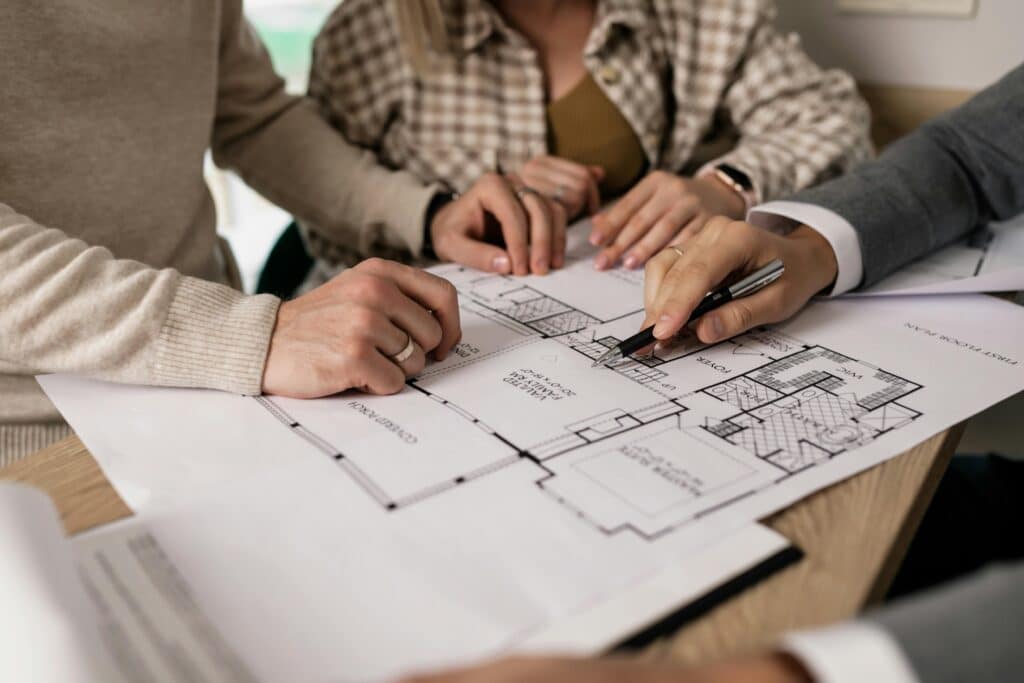
The way a home is laid out affects how it feels and functions every day. A poorly designed layout can make even large spaces seem cramped, while thoughtful adjustments create better flow and make rooms more enjoyable to use.
Reworking a layout doesn’t always mean knocking down walls. Sometimes, it’s as simple as repositioning furniture, widening doorways, or moving storage areas to improve how people move through the space.
Prioritize Safety and Comfort

When planning upgrades, it’s tempting to focus on visual changes like new countertops or trendy fixtures. But improvements that enhance safety and comfort should come first. Fixing electrical issues, updating old plumbing, or installing better insulation are less visible but far more important in the long run.
Comfort-focused updates like replacing drafty windows or repairing uneven floors create a healthier, more pleasant living environment. Once these essentials are handled, there’s more room to think about the fun, decorative changes.
Add Outdoor Living Areas
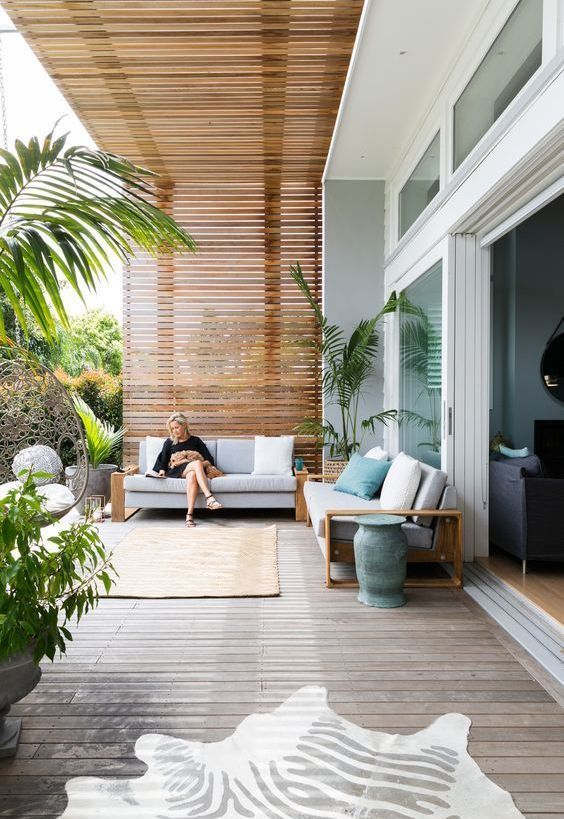
Expanding your living space doesn’t always mean adding square footage indoors. Outdoor areas like decks, patios, or screened porches provide additional space for relaxing and entertaining.
These upgrades also increase a home’s appeal and can become favorite gathering spots for family and friends. Whether it’s a simple seating area or a fully equipped outdoor kitchen, adding an inviting space outside can make your home feel larger and more versatile.
Consider Lifestyle Shifts

Homes often need to adapt as family dynamics change. What worked five years ago may no longer suit your current routines. Taking time to think about how you live now helps prioritize upgrades that will have the greatest impact.
For example, a growing family might benefit from converting a little-used dining room into a play area or home office. These types of changes make the home more functional and keep it aligned with your lifestyle.
Identify High-Function Upgrades
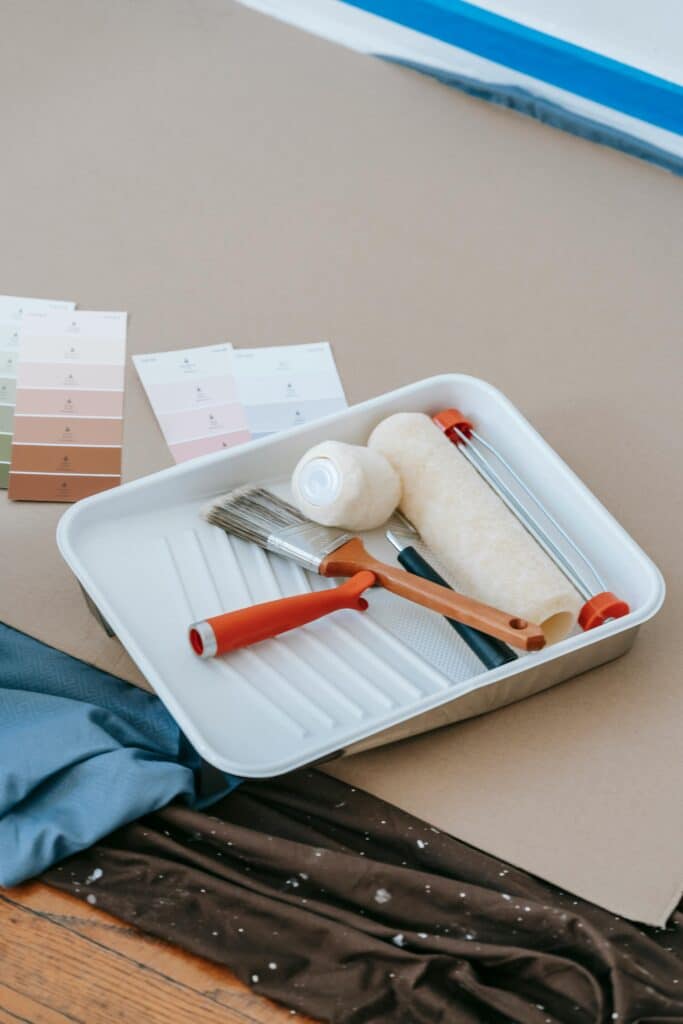
Some changes may not seem exciting, but can dramatically improve daily life. Upgrades like better lighting in work areas, additional storage solutions, or smart home features make a house more efficient and enjoyable.
Focusing on functionality first often prevents frustration later. Once these small but powerful updates are in place, the home feels more tailored to your needs.
Plan for Maintenance Costs

Big renovations can be exciting, but they often come with ongoing upkeep. Thinking about maintenance costs before starting a project helps avoid surprises later.
For instance, a high-end material might look great but require frequent care. Choosing durable, low-maintenance options for certain areas can save time and money over the years, leaving you more resources for other projects.
Fit Plans to Daily Routines
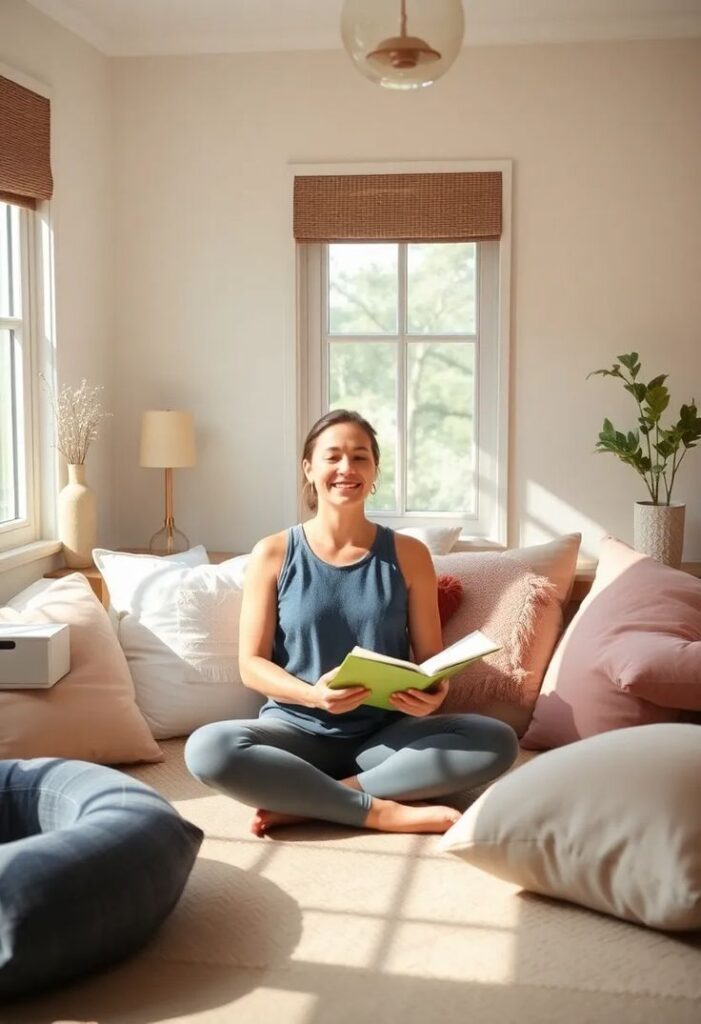
Timing upgrades around your family’s daily routines helps reduce disruptions. Large projects might be better scheduled during vacations or quieter times of year, while smaller updates can fit into regular weeks without too much hassle.
Keeping your lifestyle in mind while planning also makes it easier to stay patient and enjoy the process rather than feeling overwhelmed.
Learn From Past Mistakes

Think about what worked and what didn’t during any previous home changes. Did a rushed decision result in regret? Did waiting too long for a repair create bigger issues?
Past lessons can guide smarter choices this time around, helping you avoid repeating costly or stressful mistakes.
Upgrading your home entails finding the balance that fits your needs, budget, and lifestyle. Thoughtful planning, clear priorities, and a focus on both functionality and comfort help create a home you’ll love for years to come.
- 4shares
- Facebook0
- Pinterest1
- Twitter3
- Reddit0
